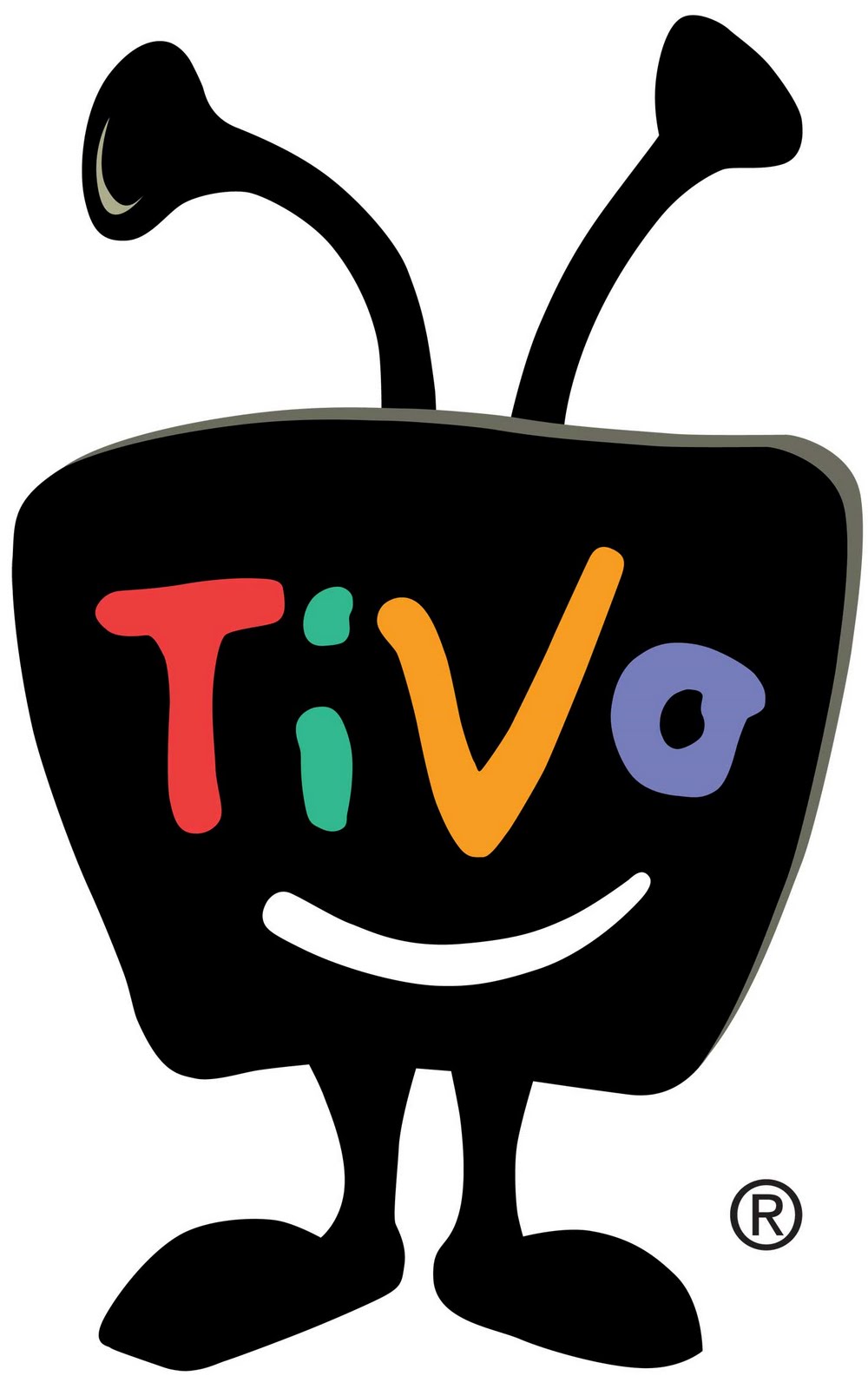Posts from ‘Branding’
This is a guest post by Charlie Fitzgerald, a second-year MBA candidate at the Crummer School of Business at Rollins College. He’s passionate about Technology, Entrepreneurship and Finance, and you can follow him on Twitter here.
———
To stimulate sales and build customer loyalty, it’s important that a company clearly communicates to consumers why their product is useful, and why the company is motivated to produce it.
There are two primary areas in the human brain involved in decision making; the neocortex which is responsible for rational, analytical thought, and the limbic brain which is responsible for judging feelings. When a consumer’s looking to buy, these two portions of the brain process information and collaborate to set a subjective demand for the product. Both processors are significant in decision making, but it’s the limbic brain that ultimately pulls the trigger.
 In 1999, Mike Ramsay, and Jim Barton, ineptly raced their new product, TiVo, to the market. TiVo was innovative, and the technology has significantly improved television viewing ever since. Although, in the company’s feckless hustle to deliver its product to the market TiVo executive’s overlooked one very important move. They didn’t effectively communicate to consumers why they needed a TiVo.
In 1999, Mike Ramsay, and Jim Barton, ineptly raced their new product, TiVo, to the market. TiVo was innovative, and the technology has significantly improved television viewing ever since. Although, in the company’s feckless hustle to deliver its product to the market TiVo executive’s overlooked one very important move. They didn’t effectively communicate to consumers why they needed a TiVo.
One year after going public, TiVo missed projected unit sales set by one market researcher by a staggering 93%. The few consumers who did purchase a TiVo unit in 1999 were swayed to buy initially because of rational appeal; while this is only part of the purchasing thought process. Early commercials explained what TiVo could accomplish, and how it worked, but failed to induce a visceral response in consumers. Instead of making it clear why they needed a TiVo, marketers of the company left it up to the consumer.
This communication failure by TiVo’s leadership adversely affected initial product sales and thwarted future customer loyalty. TiVo’s developers made out with a coined phrase, but the company’s marketing strategy left shareholders with nothing to show for.
In retrospect, TiVo’s leadership should have concentrated on three fundamental questions prior to launch. Who are we, and why? Who are our target consumers? How do we engage our target consumers to feel our purpose? Consideration of these questions would have allowed TiVo’s leadership to understand, and consequentially better communicate purpose to consumers.
To inspire consumer loyalty, business leaders must focus on appealing to consumer’s limbic brain by clearly illustrating why the product is beneficial, and clarifying why the company exists to produce it. A convinced limbic brain is the tipping point of a purchase, and the primary driver of consumer trust and loyalty.
Last week, I traded an iPhone 4 to my colleague Tosh (The iHub Brand Identity Ninja) in exchange for a new ReCorporate logo. Why? Because a creative and dynamic brand identity is absolutely key to both corporate and personal success.
If you haven’t already, find a graphic designer who understands brand identity and do whatever you can to create a killer identity for your brand. People often make assumptions about who you are as an organization, company, team, or person based on nothing more than their first visual impression of you or your work.
Take a look at Shopping.com. I have no idea what their domain is worth, but if Social.com went for 2.6 million, it’s got to be at least seven figures. They’re sitting on the best possible domain for e-commerce. In fact, they may actually be the most effective, economical and efficient online shopping option. Yet, I would be willing to bet my salary for the next 30 years that Shopping.com gets several orders of magnitude less traffic than Amazon each day.
There’s probably a long list of reasons why Shopping.com isn’t as successful as Amazon, but their lack of creative and fresh branding is near the top. Any human being with a partially-functioning sense of sight would dismiss Shopping.com as a lesser option for online retail than Amazon, based on nothing more than their first impression of their respective homepages.
It’s hard to compensate for a bad brand identity. If you plan to try, you need to be the best in the world at what you do — your reputation has to market itself.
Whether for yourself or for your company, you need a dynamic, creative and unique brand identity to accompany your reputation, assets and past success. It will exponentially strengthen your product offering, marketing initiatives and brand loyalty. Convince people you are the best after nothing more than their first look at your brand — trying to persuade them after the fact is a battle you don’t want to fight.
